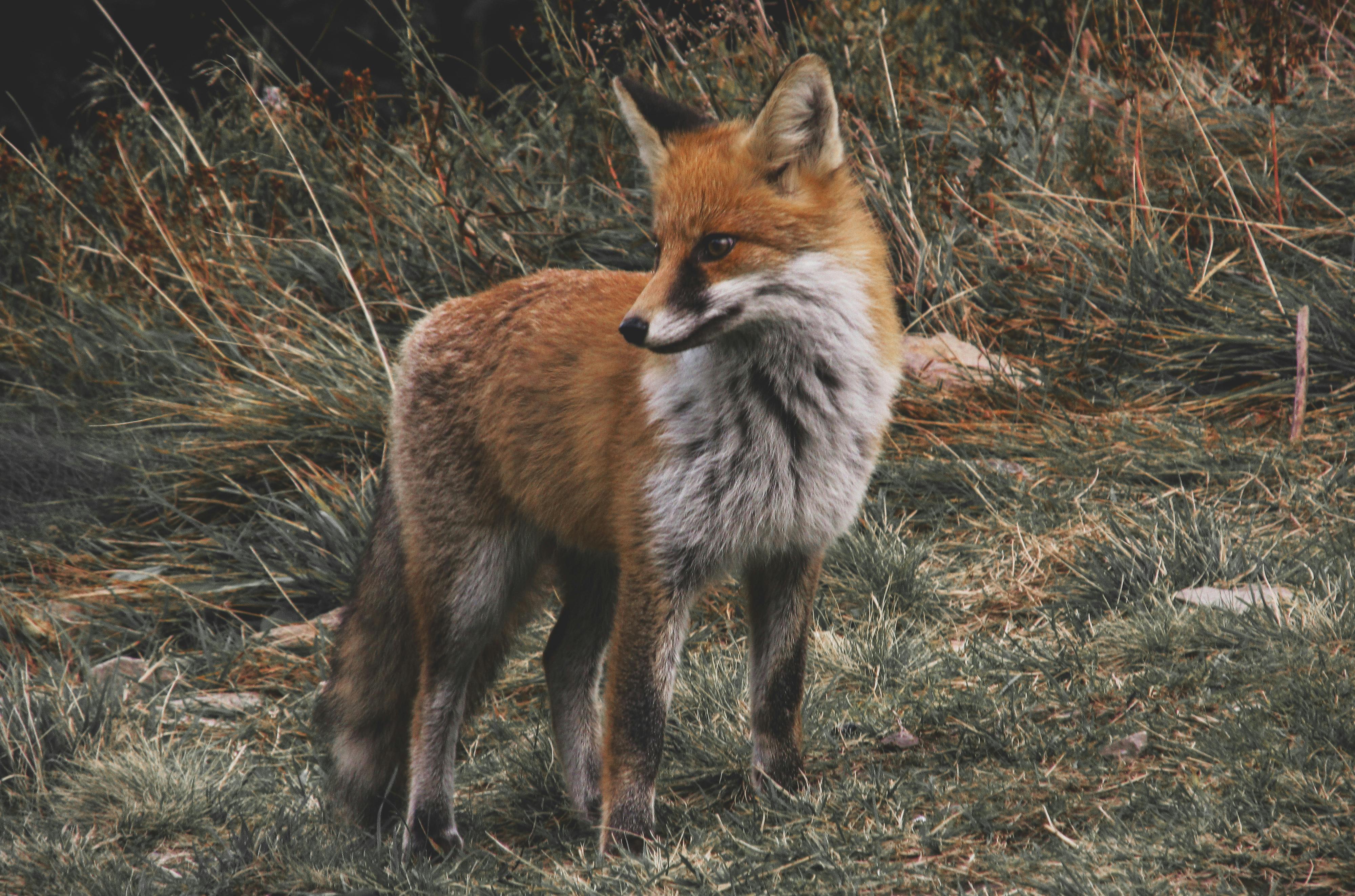"Decoding the Secret Life of Urban Foxes"
Introduction: Urban foxes have fascinated city dwellers and animal enthusiasts for years. With their mysterious presence and elusive behavior, these city-dwelling canids have become a common sight in cityscapes worldwide. This article takes a deep dive into the life of urban foxes, exploring their history, current status, and the factors that have contributed to their successful adaptation to city life.

Urban Foxes: A Historical Perspective
Urban foxes are not a new phenomenon. Their presence in urban settings dates back to the 1930s in Britain and has since spread to cities worldwide. Initially, these animals were considered pests due to their scavenging behavior, but over time, their presence has been accepted, and they are now part of the urban wildlife.
The Urban Fox Invasion: Factors at Play
The urbanization of foxes can be attributed to several factors. Firstly, the urban environment provides ample food sources in the form of human waste and easily accessible small mammals and birds. Secondly, the lack of natural predators in cityscapes provides a safe haven for these animals. The adaptability and intelligence of foxes have also played a significant role in their successful invasion of urban spaces.
The Current Status of Urban Foxes
The population of urban foxes is currently on the rise in many cities. In London, for example, it is estimated that there are 18 foxes per square kilometer. While the increased presence of urban foxes has sparked debates about their impact on city life, research indicates that they play a vital role in controlling the population of rats and other pests.
The Economy of Urban Foxes: Market Impact and Price Range
Though not a pet product or trend per se, urban foxes have nonetheless influenced the market. Companies have sprung up offering humane deterrents and removal services for city-dwelling foxes, a market that did not exist just a few decades ago. These services can range anywhere from $100 to several hundred dollars, depending on the complexity of the situation.
Looking Ahead: Urban Foxes in the Future
As cities continue to expand and green spaces diminish, the interaction between humans and urban foxes will likely increase. While some view this as a nuisance, others see it as an opportunity to coexist with wildlife in a unique way. Regardless of the perspective, it’s clear that urban foxes are here to stay, and understanding their behavior and habits is key to peaceful coexistence.
In conclusion, urban foxes are an intriguing example of wildlife adaptation to human-dominated landscapes. Their ability to thrive in cities worldwide is a testament to their intelligence and adaptability, and their presence in our cities offers a unique opportunity to observe wildlife in our own backyards. As we continue to share our spaces with these animals, it remains crucial to respect their wild nature and ensure their survival in the urban jungle.




